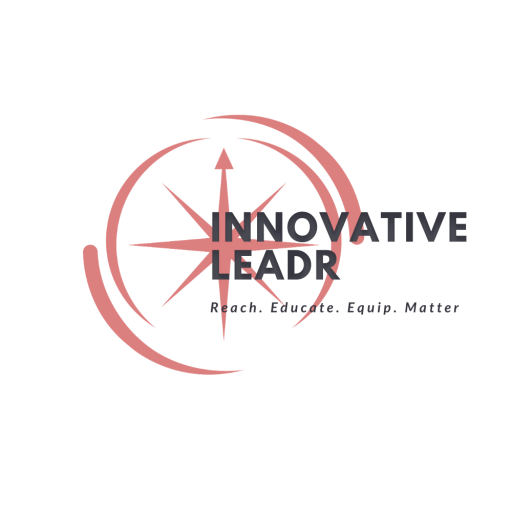
MTSS Professional Development: Common Questions About the MTSS Process & RtI Decision Making
MTSS Professional Development – The MTSS Process and Decision Making for Educators, Teachers, Schools
At i-LEADR, Inc., we often receive questions from teachers and district administrators about our MTSS professional development and what the process involves. Here are some of the questions we get asked most frequently and their answers.

Does MTSS have an impact on all students?
An essential component of every MTSS framework involves a universal screening of all students. One aspect of an effective MTSS framework is a core curriculum where every student receives high-quality, differentiated core instruction backed by evidence and engaging instructional strategies. As a result, a student’s need for intensive intervention or a special education evaluation is ideally not related to poor classroom instruction. In a properly implemented system, the strong differentiated core would provide students who are not struggling with extension opportunities to take their learning deeper. Students who need catch-up support also have access to differentiated core as well as appropriately designed intervention systems. In a recent meta-analysis study, John Hattie found that Response to Instruction has an effect rate of 1.29. “Hattie found that the average effect size of all the interventions he studied was 0.40. Therefore, he decided to judge the success of influences relative to this ‘hinge point’, in order to find an answer to the question ‘What works best in education?’”
What does a universal screening involve?
A universal screening should be a brief assessment that provides valid, reliable, and accurate results for determining which students may develop behavioral or learning problems. All students are screened to determine who is at risk of academic problems, so intervention strategies can be identified and enacted as early as possible.
How do teachers monitor student progress?
Progress monitoring is an important aspect of any RTI decision making process, as it measures the performance of all students, both in general and special education classrooms. The methods used must present reliable strategies for helping teachers cater their instruction to be more effective, and they should be enacted at least every month, or more frequently depending on the student need. Regular progress monitoring can also help educators identify students not exhibiting adequate progress, compare the effectiveness of different instruction forms, and design more individualized instruction forms.










